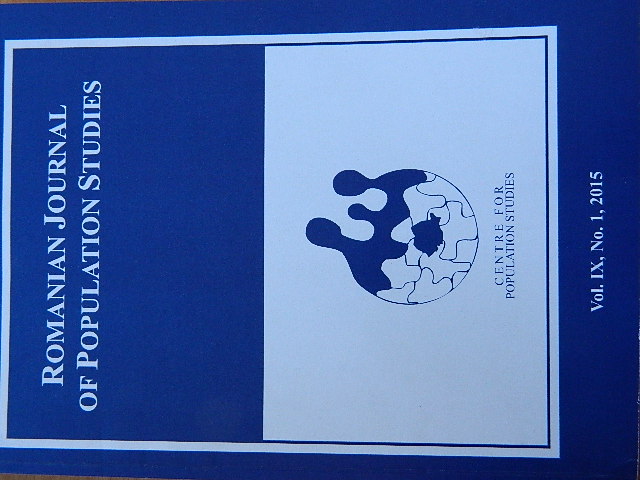Determinants of contraceptive choices in Malawi
Determinants of contraceptive choices in Malawi
Author(s): Martin PalamuleniSubject(s): Social Sciences
Published by: Centrul de Studiere a Populaţiei
Keywords: Malawi; Contraceptive use; logistic regression; socio-economic; Demographic and Health Survey.
Summary/Abstract: This paper uses data from the 2000 and 2004 Malawi Demographic and Health Surveys to examine the factors explaining the contraceptive method choice in Malawi. The overall proportion of users relying on female sterilization rose from 1.7% to 7.5% whereas the proportion of users relying on injectables increased from 1.5% to 19.2% between 1992 and 2010. The proportion of married contraceptive users relying on the pill remained unchanged at 2% and the proportion using condom increased slightly from 1.6% to 2.7% over the same period. Use of traditional methods declined from 5.7% to 3.2%. Multinomial logistic regressions were used to study the determinants of the contraceptive method-choice. The results show that the major factors influencing the use of injectable, sterilisation, pills, condoms and other methods are age, partners’ approval of family planning, family planning discussion with partner, number of living children, work status, education and visit to a health centre. As a policy measure, information, education and communication programmes on family planning should be intensified, particularly in rural areas and targeting men.
Journal: Romanian Journal of Population Studies
- Issue Year: 9/2015
- Issue No: 1
- Page Range: 49-80
- Page Count: 31
- Content File-PDF

